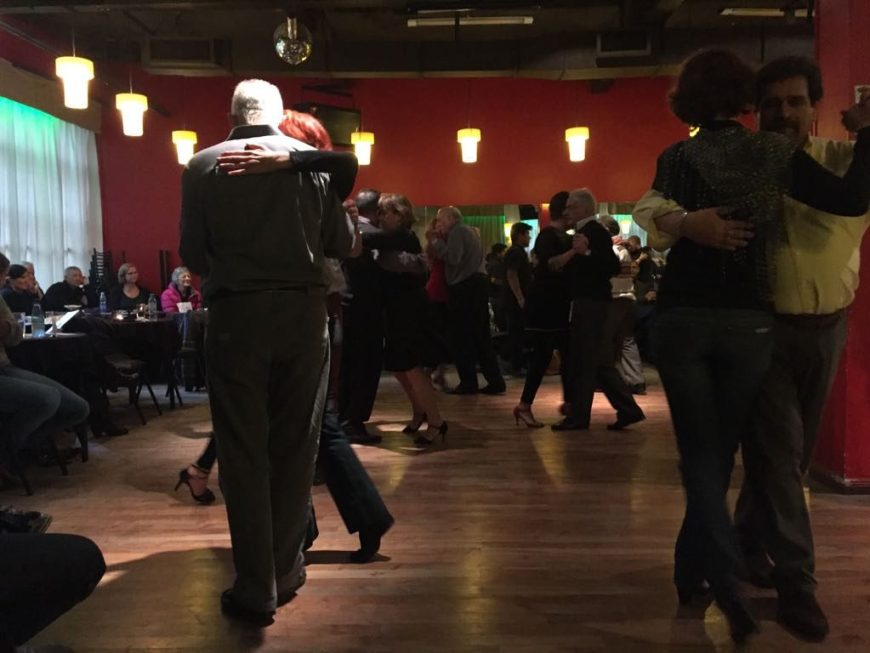To discover Buenos Aires is to get to know its neighborhoods, its history, its corners and traditions. And tango, declared Intangible Cultural Heritage of Humanity by UNESCO in 2009, is a synonym of this City, its culture and idiosyncrasy.
Tango is one of “porteño” passions, and a must-see for travellers. Through its music, lyrics and dance, it reflects the identity that constitutes its being.
The art of Tango can be found in the streets, in shows, classes and clinics. But it is at the heart of the Milongas where that passion lives and is passed from generation to generation.
We invite you to a magical and unique cultural experience, living Tango from a range of typical, emblematic and traditional venues, to the most modern and innovative places; learning its code which goes beyond the body language. It starts from the intimacy generated in a glance and an embrace – the first step to start the dance- up to the connection between two people who where foreign minutes before, and who will probably be foreign again some hours later.
Paula, our teacher and professional dancer who delights our travelers during the “milonga” experience, tells us that Tango “is a language that helps you know yourself and relate to others. It makes you feel that you are floating on air together with your dancing partner, the limits of bodies begin to vanish, and that is wonderful.”
During the evening, travellers feel protagonists in a movie, their senses and emotions skin-deep. As if they were taken back in time, it is astonishing to see the “milongueros” and to discover the rituals of the authentic “milonga”. There are codes to know and respect as part of this tradition:
- The “cabeceo”, a subtle gesture with the head from the gentleman to invite the lady to dance.
- The kept-intact shoes that each dancer carries in a small bag, the best kept secret until the moment of the dance.
- The right place to sit for the “papuzas and guapos” (ladies and gentlemen in “lunfardo” jargon).
- The “tandas” of three or four tangos in a row followed by a break, or the different dancing rhythms which go from tango to milonga and waltz.
The passion for this dance has no borders or age. “We need to demystify that tango is difficult. With a few simple tools, any person can dance it, from a child to an adult,” highlights Paula.
As it is well reflected in the song “Canción de rango” (“to make´em shut up”), composed by Jose Maria Suñe: “Dance all of you who want to dance, listen all of you who´ve come to listen. There´s always a perfect tango for all of us in my city.”
We invite you to be protagonist in this magical experience together with our host Paula: starting with a class, the first step. Then the “milonga”, living it as one more “porteño”, being part of this culture which is part of our identity as well.

